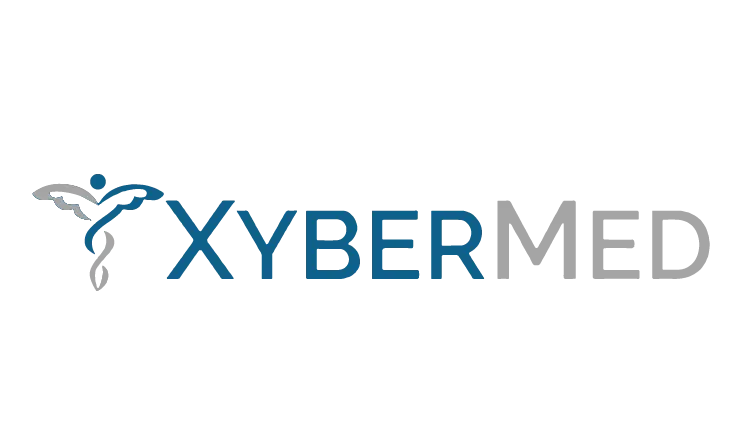Our Blog

Prior Authorization a Crucial Tool
Why is Prior Authorization a Crucial Tool for Managed Care and What Does It Mean?
Employers, health plans, and government-funded health care initiatives are focusing more on maximizing patient concerns by utilizing details that have demonstrated safety and efficacy while providing the highest quality of treatment. Implementing a well-thought-out, empirically supported prior authorization policy maximizes patient concerns by ensuring that cases disclose the most pertinent details and lowering waste, mistake, and unnecessary traditional medication usage and expense.
A medication benefit that requires prior authorization can successfully prevent unsatisfactory medication usage and encourage the use of substantiation-based medical remedies. An improved quality of life, reduced total medical expenditures, and improved access to more inexpensive treatment for health plan members may all be achieved via comparable efficient and effective use of health care funds.
Examples of Prescription Drug Benefits That Use Prior Authorization
Prior Authorization Addresses the Need for Additional Clinical Patient Information:
The requirement to get new clinical patient data can be satisfied by using the prior authorization procedure. For example, online adjudication of tradition claims by tradition benefit operation companies (PBMs) and health plans has resulted in a more efficient process for administering the medicine benefit; however, the online adjudication system does not always provide the necessary and relevant information for opinions on medicine content.
A case's clinical opinion, height and weight data, test findings, unintentional drug use, and non-drug treatment are a few examples of information that isn't sent during the claims adjudication procedure. This new information may be obtained by using the prior authorization method. To ascertain if material is relevant, this data is also evaluated in accordance with set plan content requirements.
An example of a scenario where more data would be required to create reliable, economical clinical judgments would be about details that are authorized to treat many conditions. For example, Botox is used to cure illnesses of the muscles, but it may also be used cosmetically (e.g., excluding wrinkles). However, the prior permission scheme would guarantee that Botox is only paid for when it is utilized in accordance with relevant medical advice. if treatments or decorative goods are not covered by the plan.
An Instrument to Encourage Responsible Drug Usage and Guard Against Abuse:
Details that are likely to be abused or used unintentionally can be utilized with prior authorization. Health plans may restrict the use of medications to FDA-approved purposes and require prior authorization for out-of-marker proposals for certain prescriptions. A croaker characterizing a significant anesthetic that has only been licensed by the FDA to treat breakthrough cancer pain in a case of chronic back pain might serve as an example of an off-mark application.
The use of the medication for non-cancer objectives in this instance is not adequately supported by clinical evidence, and identifying such a medicine might seriously jeopardize the case's safety. In this approach, content would only be allowed to be utilized in circumstances where safety and appropriate usage had been established through prior authorization.
Furthermore, limiting access to particular details to particular Croaker experts may be necessary. It may have been stipulated in prior authorization standards that a certain medicine can only be defined by specific medical professionals. This kind of prior authorization request is appropriate for technical details that have a significant role in defining and covering the treatment. The prior authorization procedure will guarantee that material for these particular details will be approved when determined by the relevant specialist to be medically required (for example, only oncologists will be prescribed chemotherapy specifics).
Administration of Step Therapy:
Step remedy is another earlier authorization strategy. A step-remedy strategy to monitoring calls for the use of a scientifically proven first-line medication before authorizing a more complicated and usually more expensive medication whose safety, efficacy, and value have not been fully shown. Step remedy criteria guarantee that a well-researched and economical treatment is used before advancing to other remedies.If using the first-line medication doesn't provide the necessary remedial benefit, the clinician may nonetheless ask to utilize an alternate medication.
For example, NSAIDs, a class of drugs used to treat a variety of conditions, such as arthritis-related inflammation and pain, can be managed with a step-by-step approach. Although they can cause adverse effects and occasionally upset the stomach, conventional nonsteroidal anti-inflammatory drugs, or NSAIDs, are a well-researched therapy option for pain and inflammation. They are available in general forms.
While a more recent, more deeply rooted NSAID likewise alleviates pain and inflammation, it could be a preferable choice for people who have had gastrointestinal side effects with classic NSAIDs or who have a history of gastrointestinal disorders. In order to fulfill a custom for the newer, more valuable entrenched product, an NSAID step remedy regulation mandates that a case attempt a classic, general NSAID or provide attestation of a gastrointestinal ailment prior to entering blessed.
Administration of Quantity Management Rules:
Volume operation rules, such as those based on maximum daily cure edits, length of remedy, and volume over time, can be applied using the prior permission process. Plans may restrict the quantity of drug benefits to those that conform with FDA-approved dosage schedules or durations.
Exception Process for Closed Formulary Benefits:
A vital component of healthcare operations, the formulary serves as a mechanism to guarantee that the items made accessible for use in a program based on traditional medicine have been shown to be safe, efficient, and reasonably priced, all while preserving or improving the standard of patient care.
For One of two orders applies to the administration of formularies: open or uncontrolled. The health plan or payer gives content at the point of sale for all details covered under the traditional benefit, even those not included on the formulary, under an open formulary pharmacy benefit.
A content exception for a high-energy non-formulary drug would be requested using the plan's exception process if certain conditions are met to ensure patient safety and applicable application. For example, to cover against cardiovascular complaint, a case may need significant reductions in LDL (bad) cholesterol situations that may not be attainable with a health plan's formulary medicine.
The Academy of Managed Care Pharmacy (AMCP) acknowledges the role that prior authorization played in providing high-quality, reasonably priced benefits related to traditional care. Encouraging the appropriate use of details is the foundational aspect of prior permission. In order to ensure that the previous authorization process is carried out as efficiently as possible, that it is fully biddable with statutory and non-supervisory conditions, and that it offers members, pre-scribers, and druggists a substantiation- grounded, logical process to promote appropriate medicine use, druggists in all practice settings must create specific guidelines.

Outsource medical billing service to XyberMed. Boost your practice with affordable, expert billing! Get started today and see the results.
Address:
755 Waverly Ave, Suite 100A Holtsville, NY 11742-1125 USA
